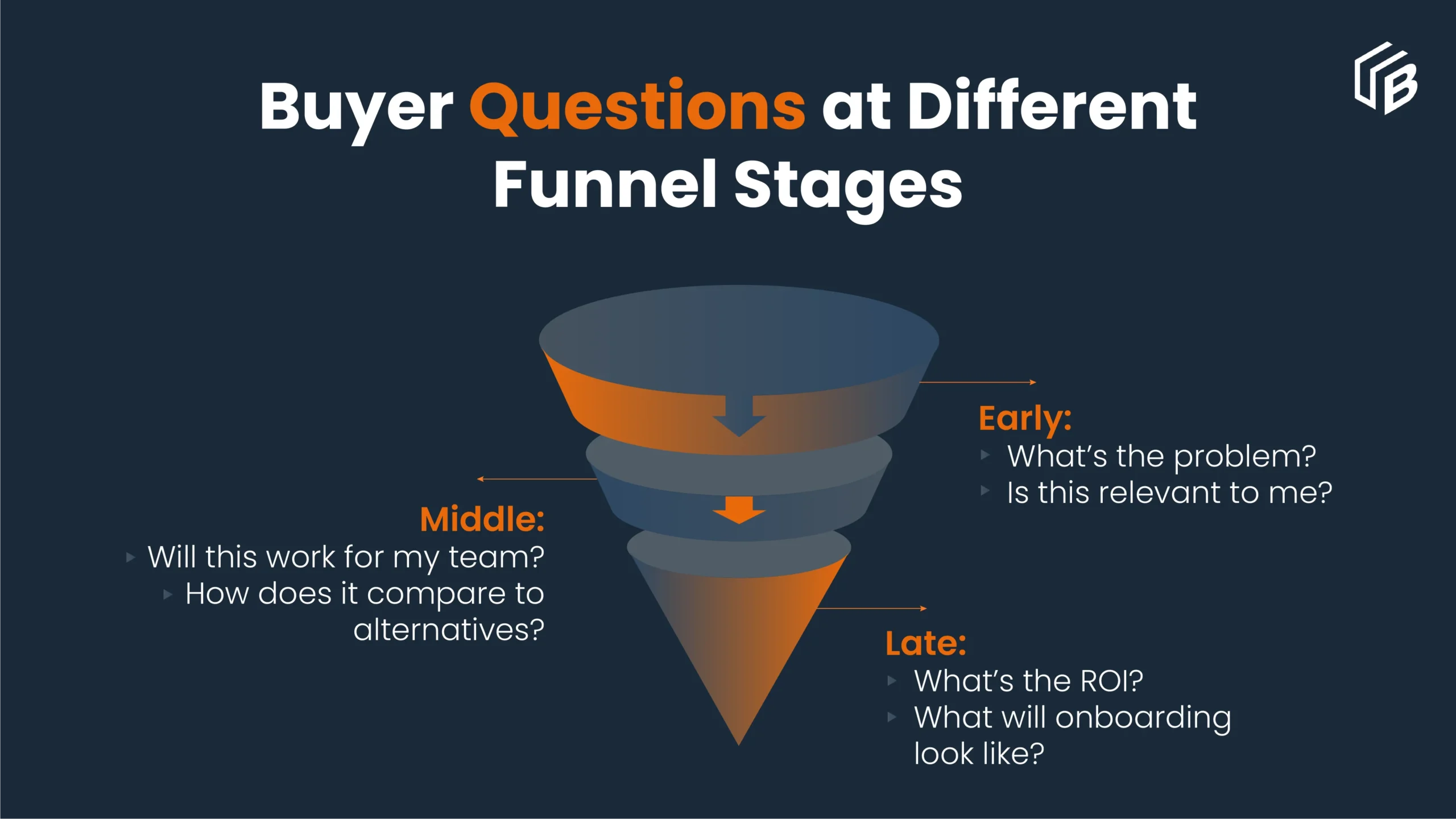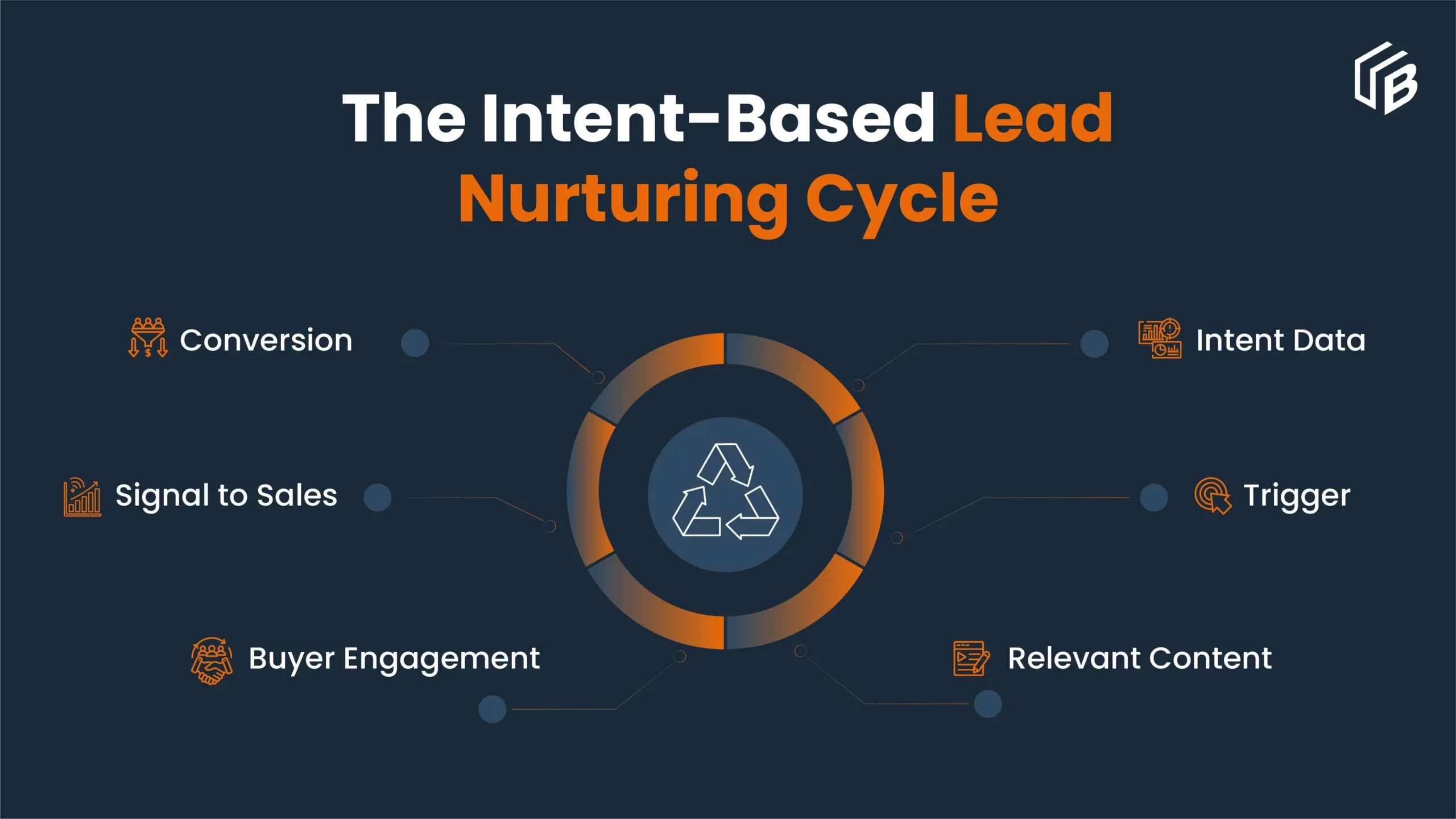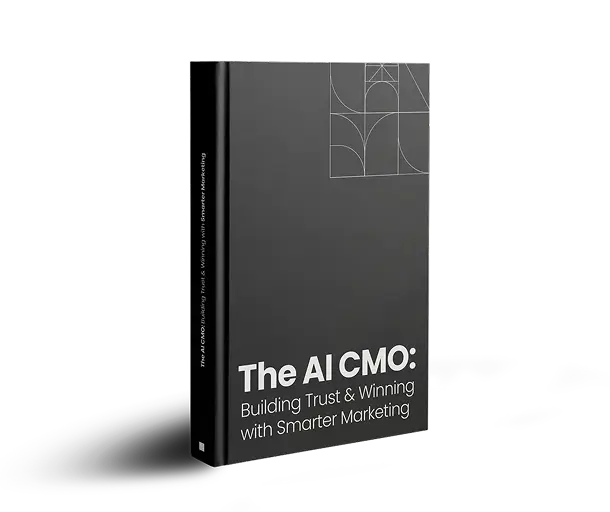
The Problem No One Talks About
Most marketers launch a lead nurturing program with the expectation that it will steadily guide prospects toward a sale. The reality? Too often, it amounts to a handful of email lead nurturing messages… This is often followed by a period of radio silence during which leads disappear from the sales funnel.
Why does this happen? In many cases, it’s because B2B nurture programs are built around what marketers want to say, not what buyers actually need to know.
In the middle and bottom stages of the B2B lead nurturing funnel, buyers aren’t looking for another whitepaper or generic thought leadership piece. They’re asking pointed, decision-critical questions like
“Will this work for my team?”
“Can I justify this to my CFO?”
“What will onboarding look like?”
If your nurturing program doesn’t answer these questions at the right moment, you risk losing momentum and the deal. Let’s examine why most nurture programs fail and how leading CMOs are rethinking buyer engagement in B2B to accelerate lead conversion.
What Most B2B Lead Nurturing Programs Get Wrong
Many B2B lead nurturing strategies stumble because they focus on the mechanics of sending content rather than the psychology of buying decisions. The most common pitfalls include:
1. Over-reliance on email lead nurturing with broad, non-specific content
Email remains a valuable channel, but relying on it as the sole or primary method often leads to generic messaging that fails to resonate. Many programs send the same newsletter-style updates to every prospect, without tailoring the content to their industry, role, or stage in the buying journey.
2. No progression logic
In an effective B2B lead nurturing funnel, messaging should evolve as buyers move from initial awareness to serious evaluation. Too often, every lead receives the same sequence of content regardless of whether they have just downloaded an eBook or requested a pricing call. This lack of progression logic means that advanced prospects are forced to wade through beginner-level material while early-stage leads are overwhelmed by content that assumes they are ready to buy.
3. Misaligned timing
One of the most damaging lead nurture mistakes is sending content too early or too late. Nurture emails and follow-ups often arrive before the buyer has shown any meaningful intent, creating an impression of pushiness. In other cases, valuable information arrives only after the buyer has already disengaged. Without intent-based lead nurturing triggers, timing becomes guesswork, and guesswork rarely aligns with a buyer’s decision cycle.
4. Ignoring the critical questions buyers have during evaluation
At the middle and bottom of the funnel, buyers are wrestling with very specific concerns: Will this solution work for my team? How can I justify this to leadership? What will onboarding look like? If your B2B nurture program is not designed to address these questions, head-on with proof, case studies, ROI data, and implementation guidance, buyers will seek answers elsewhere.
When these issues stack up, they create a widening gap between marketing activity and buyer needs. The result is missed opportunities, stalled deals, and lead conversion rates that never reach their potential.
Why Buyers Go Cold: A Broken Engagement Model
Today’s buyers self-educate at speed. If your nurture program doesn’t deliver timely value, they disengage. The traditional B2B lead nurturing funnel is a slow, linear sequence of content that is out of step with how decisions are made today.
What buyers actually want during nurturing is clear:
- Real-world use cases and proof points.
- ROI calculators and business case templates.
- Implementation walkthroughs and onboarding previews.
- Validation tools to gain internal buy-in.
The timing is just as important as the content. If a buyer downloads an asset, your follow-up should deliver one of these high-value resources within 48 hours. Waiting longer risks losing momentum. By then, interest fades, competitors slip in, and your message becomes just another email in their inbox. Unfortunately, many current programs miss both the timing and the substance, sticking instead to static, top-of-funnel messaging that fails to drive action.

When Lead Nurturing Breaks: Mid and Bottom Funnel Blind Spots
The early stages of the buyer journey are overflowing with content. From blog articles and awareness videos to high-level eBooks, there is no shortage of material aimed at attracting attention. While this is important for building visibility, it is not where the most critical buyer engagement takes place. True engagement, the kind that builds confidence and moves deals toward closure, happens in the middle and bottom of the funnel.
This is where the gap emerges. Buyers may be giving strong signals of interest, such as requesting a demo, comparing solutions, downloading product specifications, or asking for pricing details. However, the nurturing they receive often fails to align with these signals. Instead of receiving content or outreach that addresses their specific evaluation needs, they are served generic or top-of-funnel material. This lack of alignment creates what is known as the intent-based lead nurturing gap.
When that gap exists, momentum slows. High-potential opportunities can stall or slip away entirely because buyers are not getting the proof, validation, and reassurance they need to take the next step.
In these later stages, buyers do not need more awareness-oriented content. They need reasons to believe: compelling case studies, ROI evidence, implementation walkthroughs, and internal buy-in resources that give them the confidence to move forward.
One effective way to close this gap is with The Progressive Storyline Model, which treats nurturing as a story unfolding in sync with buyer behavior:
- Week 1: Proof & validation;
Case study from a similar industry, ROI projection chart
- Week 2: Internal champion enablement
Business case template, CFO-ready financial deck
- Week 3: Low-friction commitment CTA
“15-min fit check” call, pilot or sandbox access
This approach ensures each interaction moves the buyer closer to a decision without rushing or stalling, keeping momentum high until the deal closes.
Who’s Getting Lead Nurturing Right (and How)
Some of the best lead nurturing examples from top B2B brands show that the most successful programs are moving away from rigid, one-size-fits-all approaches. Instead, they embrace strategies that adapt to buyer behavior and intent in real time.
First, they use intent data to trigger highly relevant nurture content rather than following fixed schedules. This ensures that buyers receive information precisely when they are actively researching or evaluating a solution, making each interaction timely and impactful.
Second, they design multi-channel nurturing programs that reach buyers where they are most engaged. These programs combine LinkedIn activity, targeted digital ads, personalized email campaigns, and coordinated outreach from sales teams. This integrated approach keeps the brand visible and valuable throughout the decision-making process.
Third, they achieve strong sales and marketing alignment so both teams share the same engagement signals. This enables them to act quickly and strategically, reducing delays and accelerating deal velocity.
A strong example is UnboundB2B, our lead generation services deliver more than just qualified leads. Their focus is on building sustained engagement through customized nurturing. Leveraging intent-based lead nurturing and a mix of touchpoints such as email, LinkedIn, content syndication, and targeted sales outreach, UnboundB2B ensures that buyers receive the right message at the right time. This approach aligns content closely with buyer questions and intent signals, helping B2B brands maintain momentum and significantly increase lead-to-opportunity conversion rates.
Where Buyer Engagement Really Happens Today
Modern B2B nurture programs have moved beyond email to become omni-channel ecosystems that meet buyers where they already engage.
Modern B2B buyers are everywhere:
- LinkedIn threads
- Slack communities
- Industry forums
- Review sites
- “Dark social”, private groups and DMs
Interactive tools such as ROI calculators, product demos, and workshops give buyers hands-on insight into potential outcomes, while personalized website experiences ensure content aligns with their stage in the B2B lead nurturing funnel.
When brands integrate these touchpoints, B2B lead nurturing strategies evolve into dynamic systems that build trust, accelerate decisions, and improve lead conversion.

How to Build a Lead Nurturing Strategy That Drives Conversion
To create a nurture program that closes deals, focus on nurture program best practices that enable buyers rather than simply marketing to them.
- Map content to the specific questions buyers ask at each funnel stage, with particular emphasis on the middle and bottom of the funnel.
- Use intent-based lead nurturing triggers to time outreach precisely, instead of relying on arbitrary delays.
- Align closely with sales by sharing engagement data and co-owning the nurturing process so no opportunity slips through the cracks.
Certain content formats consistently deliver higher impact:
- Customer proof through case studies, testimonials, and ROI stories.
- Competitive comparison content that helps buyers make informed choices.
- Internal champion enablement materials such as CFO-ready decks, business case templates, and onboarding guides.
The most effective B2B lead nurturing best practices are designed to remove friction from the buying process. When buyers have the clarity, proof, and internal support they need, saying “yes” becomes the natural next step.
Conclusion
In 2025 and beyond, lead nurturing is an engine that drives confident, well-informed buying decisions.
The transformation is unmistakable:
- From static drip emails to dynamic, intent-driven engagement.
- From marketing-led pushes to buyer-led journeys.
For CMOs and growth leaders, the winning play is to build multi-channel nurturing programs that align perfectly with buyer intent and questions at every stage. When the process revolves around the buyer, lead conversion shifts from a possibility to a predictable, repeatable outcome.
Our blog
Latest blog posts
Tool and strategies modern teams need to help their companies grow.

Explore the differences between direct and programmatic ads, their trade-offs, when t...

Discover six hybrid B2B marketing event formats that drive real pipeline growth, enha...

Struggling to convert your SQLs? Learn the common mistake B2B companies make and opti...





